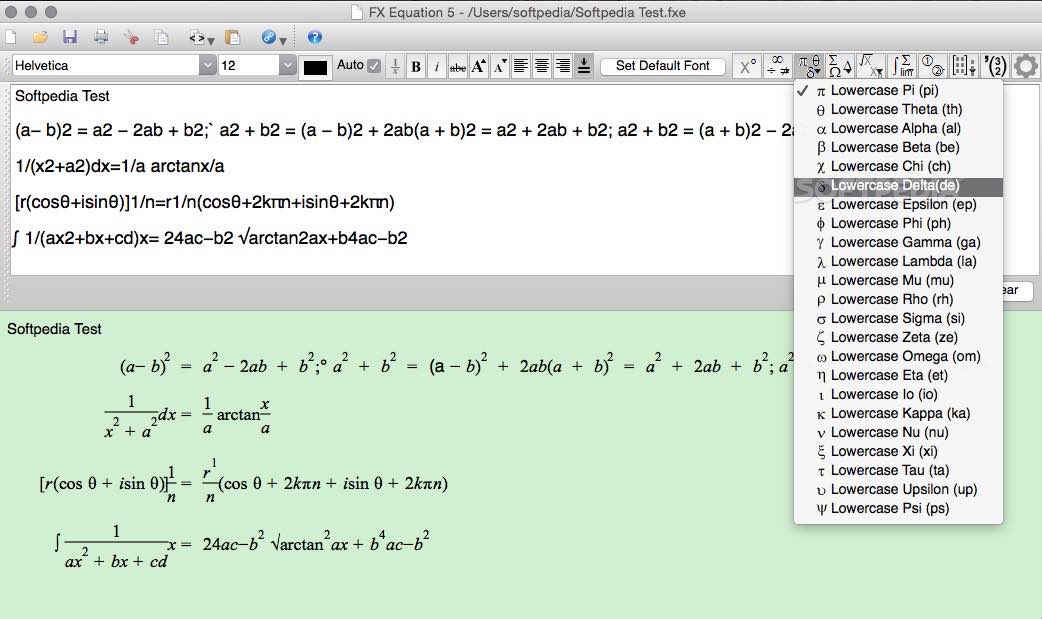

The equation for this new graph would need 1 added to x, inside the. Notice that the main points on this graph are: \(x = - 2,\,1,\,4\) Graph of y = f(x) + kĪdding or subtracting a constant \(k\) to a function has the effect of shifting the graph up or down vertically by \(k\) units. To shift, move, or translate horizontally, replace y f(x) with y f(x + c) (left. This can then be uses to draw related functions. This example uses the basic function \(y = f(x)\). You must find the images of any given points and annotate them on your sketch. You can also consider the effect on a few key points on each graph to help determine the related graph. The standard form or vertex form of a quadratic function is f(x) a(x h)2 + k. You should be familiar with the general effect of each change. The following changes to a function will produce a similar effect on the graph regardless of the type of function involved.

The graph of the related function can be sketched without knowing the formula of the original function. And for part B, what were going to figure out is the composite function K. 3, students were asked to write an equation for the line tangent to the graph of. Our math solver supports basic math, pre-algebra, algebra, trigonometry, calculus and more. Im just going to leave it in this form as it is our composite function each of kfx. fx, x kx where: k: is a nonzero constant.
#K fx equation free#
Given the graph of a common function, (such as a simple polynomial, quadratic or trig function) you should be able to draw the graph of its related function. Solve your math problems using our free math solver with step-by-step solutions.


 0 kommentar(er)
0 kommentar(er)
